While some camera manufacturers are flooding the market with competitively priced, simplified DSLRs and tiny compact cameras with many, sometimes gimmicky features, Fujifilm has boldly emerged in another direction – to build a high quality premium camera that not just have the good parts inside, but a stunning look to match. The FinePix X100 was first unveiled last year at Photokina and has attracted quite a large number of fans.
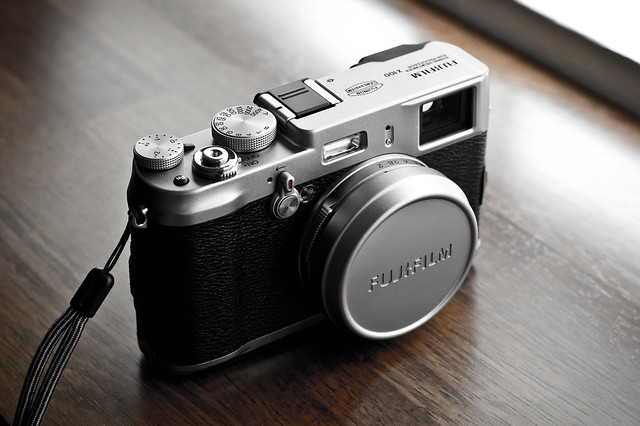
The Look
It is easy to tell why. The X100 looks delightfully vintage and minimalistic. The camera body is mostly covered with a black leather-textured material, with the top and bottom plates in a smooth grey finish. It resembles a classic rangefinder design, very much like Leica’s M system. The look is completed with a range of mechanical knobs, switches and rings.
Despite sporting a nostalgic design, the hardware within the X100 is of course, up to date. The designers have utilized various tricks to create the illusion that the camera has various “manual” controls (such as the aperture ring and shutter speed knob) when it is mostly electronic – and it is not just the looks, the ring “click” like old lenses.
The Specifications
Fujifilm FinePix X100
• 12.3 megapixels APS-C CMOS sensor
• Fujinon 23mm f/2 (35mm equivalent) custom-designed lens
• 9-bladed aperture diaphragm
• 10 cm Macro
• Built-in 3 stop ND filter
• ISO 200 ~ 6400 (can be extended to ISO 100 and ISO 12800)
• Hybrid Viewfinder (Optical and LCD display)
• 2.8″ LCD display
• SD/SDHC/SDXC memory cards supported
• Maximum image resolution: 4288 x 2848
• Video resolution: 1280×720 Progressive
The Hardware
Image quality is obviously one of the top considerations for the Fujifilm engineers. They did not go for an APS-C sensor with high megapixel count. Choosing a 12.3 megapixel sensor would yield less “noisy” photos and of course, clearer images. The Fujinon lens is custom-designed for this camera and is very sharp in all apertures in most situations – and the aperture has 9 curved blades – This makes out of focus areas appear very smooth and pleasing.
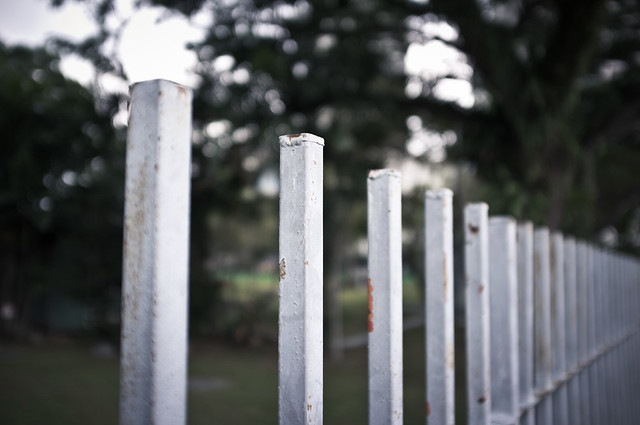
The most talked about feature about the X100 is actually the Hybrid Viewfinder. It is two viewfinders in one – optical and electronic. Allow the diagram below from Fujifilm.com explain it better:

X100’s Viewfinder modes, Fujifilm.com
Essentially, the X100 has an optical viewfinder (0.5x magnification) that also overlays useful information on top of the optical image – such as framelines, exposure information, distance scale, histogram and even an electronic level. However, the optical mode does not see exactly what is going through the camera lens due to differences in field of view. Hence, there are some slight variances in the final image due to parallax and sometimes the camera is unable to “focus” because the images from both the optical viewfinder and image sensor are too different – leading to frustration because the camera would need to be switched to electronic mode for images at closer distances to be taken properly*.
The electronic mode gives a 100% view of what the camera actually sees – including the right depth of field, but is not as bright (in low-light situations) as the optical mode. Of course, it is also not as sharp or as fast as optical mode, but I found it sufficiently speedy. In electronic mode, a screen would be raised in the viewfinder window to block external light coming from the front, allowing the LCD display to appear vivid and bright.
The X100 manual suggests not sticking with just one viewfinder mode but rather switch them depending on shooting conditions. The optical viewfinder is excellent for landscapes, street photography and most portraits. When shooting closer subjects, the electronic mode is the only way to go. The camera is designed to switch between both modes quickly with a dedicated switch – convenient positioned for the tip of the index finger. The camera also switches between modes quickly after each shot, utilizing the electronic display for image review (which can also be disabled entirely, should the user chooses).
*The optical viewfinder is able to focus up to distances as close as 80cm. Activating electronic mode would allow the X100 to focus to 40cm. The camera is able to go closer in macro or manual focus mode, bringing the minimum focus down to 10cm.
Time for the short story
My family got the X100 a month ago, by sheer chance and luck. For the past few months, I was talking to my Dad about how he should probably buy a camera to document his travels – he travels to many places for business and it’s quite a pity how we only get photos from his Blackberry! He used to be (or so he claims, haha) to be very into photography when he was my age. He didn’t like my NEX because it was cumbersome to use – I only mount old Carl Zeiss lenses on it and those lenses are manually operated. The X100 was a strong option.
A month ago, there was a worldwide shortage of X100 cameras due to the disaster in Japan causing the factory to be closed and also delayed shipments out of Japan. In Singapore, wait-lists were already very long (even before the earthquake happened) and some people were asking for refunds for their reservation deposits as it was unclear if the camera would be able to arrive within a reasonable time-frame.
My family was just having our usual dinner on an ordinary Friday evening and we decided to just walk past a camera shop to see if we could see a display set. Nope, there was nothing captivating on display apart from the X100 poster. We then decided to ask a salesperson, who quickly just said “Yes, we have it.” and out of nowhere, took out a new set for us. Jaw-drop moment! No reservations or anything.
Well, for the past few weeks, I was fortunate enough to have the camera for myself as Dad decided not to bring it along with him for his recent long trip to the US.

Real-world usage
The X100 is a joy to use. The small size meant that the camera would be carried anywhere and everywhere. The body is ergonomically designed (despite its blocky appearance) to hold and has a good bit of heft to it – it is not too light nor heavy. Most importantly, the viewfinder just allows me to focus on nothing but the picture. The prime lens, fixed at 35mm (equivalent) is a perfect focal length to work with – and after working with prime lenses with my NEX for the past 6 months, it just feels natural for me to “zoom” by actually moving about. The lens is fantastic with great overall sharpness, little distortion and great control over chromatic aberration. However, it could produce quite a bit of flare in some situations. Depending on the photograph, it could either look distracting, or rather spectacular.
The sensor used is able to produce cleaner images compared to my NEX as it has a lower megapixel count and seems to be using a very weak anti-aliasing filter – allowing more details to be captured in images. It has pretty good dynamic range too.
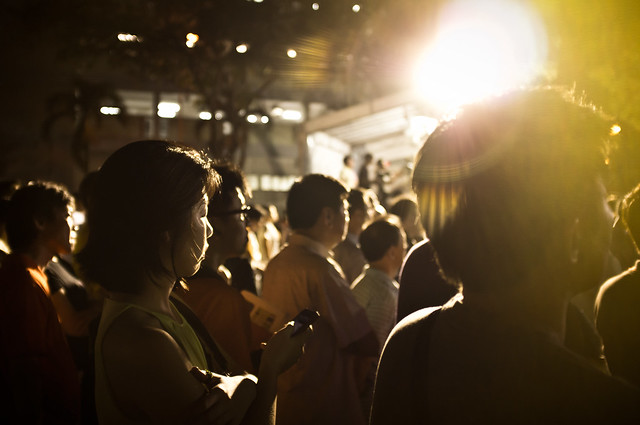
Other features which I thought were great were: Built-in ND filter (for shooting wide-open outdoors in the sun), circular aperture (nice out of focus areas, always!), super silent shutter (huge difference from the NEX) and also the quick autofocus speed in most situations. While most users on the internet tend to praise Fujifilm’s signature colours that is inherent from X100’s out-of-camera JPEGs, I prefer developing my photos manually in Lightroom.
It is not a miracle machine however – the camera did take me a while to get used to and the first images from the camera seemed very underwhelming.. until I realized that I have not really “used it in the right way”. It could be anytime from days to weeks to become fluent with the X100’s true capabilities (and problems). So yes, there is a learning curve for this camera and it is a very critical phase that has split the userbase into 2 groups: People who love the camera to death and might actually want to die with it and.. People who find that this camera is just too different and utterly incongruous to how they think cameras should work. I think that the X100’s prime lens is probably one reason why these people could not appreciate the camera. And also that mystical photographer-camera synergy – if it’s not meant to be, it just isn’t.
The camera is not without flaws. The way Manual Focus is implemented in the X100 is absolutely hopeless and it utilizes a light-sensor to track the amount and speed of turns on the focusing ring. However, as it uses light, it becomes very indecisive and sluggish in dim conditions – situations where manual focus will be very useful. Instead, the lens focus mechanism would make a lot of “chutt-ing” noises as it struggles to figure out what is happening to the focus ring. Focusing could also become an irritating issue when it comes to video recording – there is no way to lock focus during recording; the lens would persistently try to focus.
As I have said before, the X100 does resemble Leica’s digital M cameras and unfortunately even the slow processing speed was also replicated. I kid, but not on the speed! Perhaps I am too used to the blazing speeds offered by the NEX even with a normal SD card. The camera buffer seems to have problems pushing out images fast enough to the card, causing the camera to lock up until the transfer has been completed. This is a lot more drastic in burst-mode – the X100 could take 7-8 images in quick succession and become unusable for a few minutes. Perhaps a faster (or the fastest) memory card could ease this issue.
However, there are some very serious shortfalls could potentially ruin the experience for some users. I don’t know if the camera was rushed or Fujifilm is abusing a bunch of overworked programmers – there are numerous glitches and strange quirks littered everywhere in the camera’s firmware. DPreview has documented a long (but not exhaustive) list of bugs and issues with the current firmware. For me, I have just learnt to work around those issues, but they do get in the way from time to time.
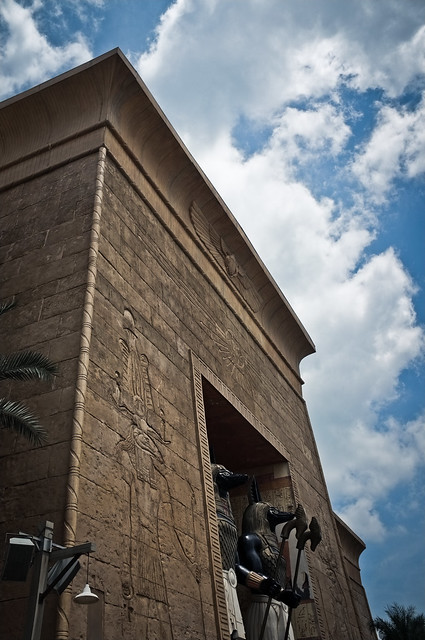
But..
I have talked to a several friends who own professional cameras and most of them told me the problem they have with the X100 is the price. Yes, at S$1699, it is rather steep (some retailers offer lower prices, do ask for discounts) but it is interesting how the price is quickly compared with other DSLRs and mirrorless cameras. They did not deny that they still desire it, though. No matter what combination, it is not possible to get a camera with a good APS-C sized sensor, high quality 35mm (equiv) f/2 lens, a decent viewfinder and keep it within a compact body – good looks will just be bonus points. It is only with highly customized parts – and that’s what Fujifilm did. Therefore, I feel that the initial high investment will be quickly paid back with lots of fantastic pictures and without the hassle of experimenting with lenses and cameras.
I would think that the X100 should only be compared with the Leica X1, although both cameras have their own differences anyway. Both cameras belong in a niche market: Large sensor, fixed focal length, beautiful design, premium materials, “luxury” marketing strategy.
Still, depending on the photographer, the X100 is not a replacement for a full DSLR system. You cannot do high-speed shooting. You cannot zoom. You are stuck without interchangeable lenses. But what if you have no need for these things? Would this be the perfect camera? What do you think?
Perhaps it’s just me but – I want to be able to bring a good camera everywhere – like I’ve already said in the NEX entry. It should be able to fit in all my bags so I could bring it to school, overseas or any place interesting. It is just me, but I don’t understand the point of having a large camera to lug around in its special bag. If I am a professional photographer, then yes.
So I guess, it depends. Okay, I admit it’s rather pointless for me to comment anymore because I have access to the camera now (hahaha). Still, I must state that I have never felt so excited to take photographs and actually enjoy the process of doing so. I still love my NEX though and I am waiting for the E-mount 24mm f/1.7 lens to be released!
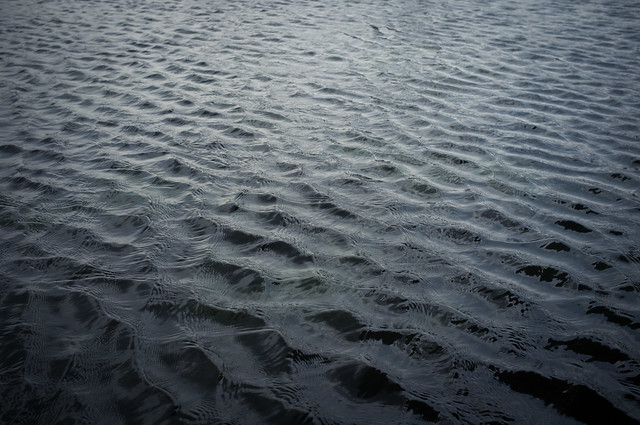
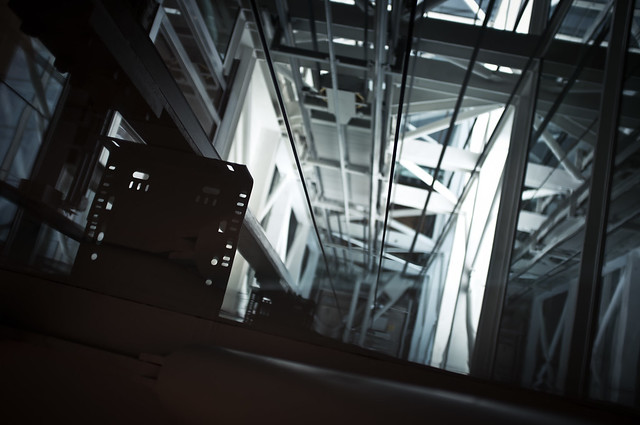
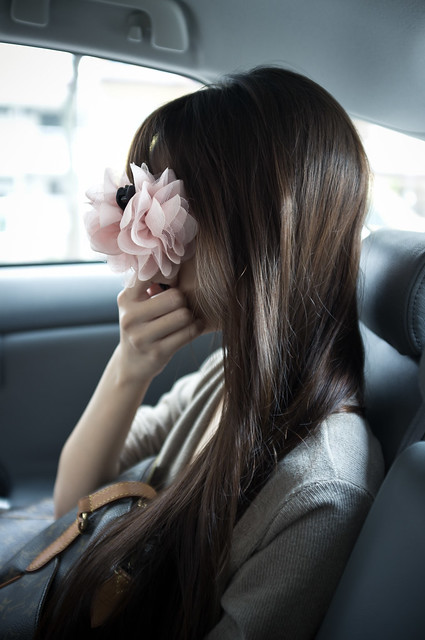
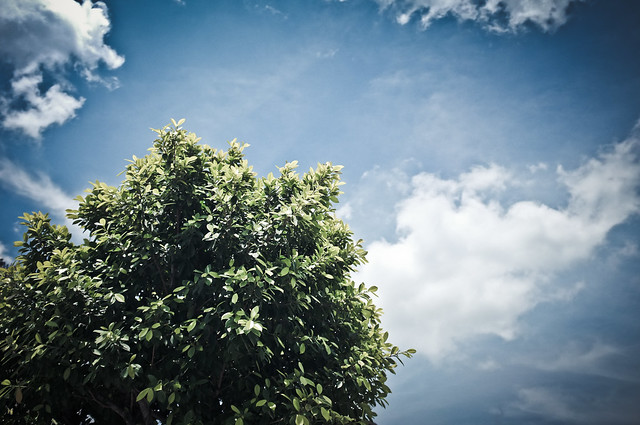

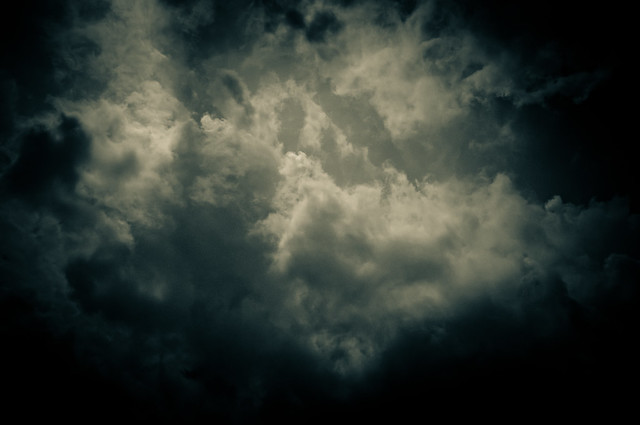
More photos can be found here: http://www.flickr.com/photos/nikolux/

Very good review, and reflects 90% of my own experience. Once I found the settings I like, I never go into the menus: everything is controlled by real knobs and dials. My D7000 is being used less and less, and I would not hesitate to leave it at home unless I can expect a situation where the X100 can’t manage: extreme wide-angle, or more reach.
Thanks for the review: you have some good writing skills, not just photographic ones. Keep it up!
Thank you for your kind words. It’s great to hear that you enjoy the X100 as well!